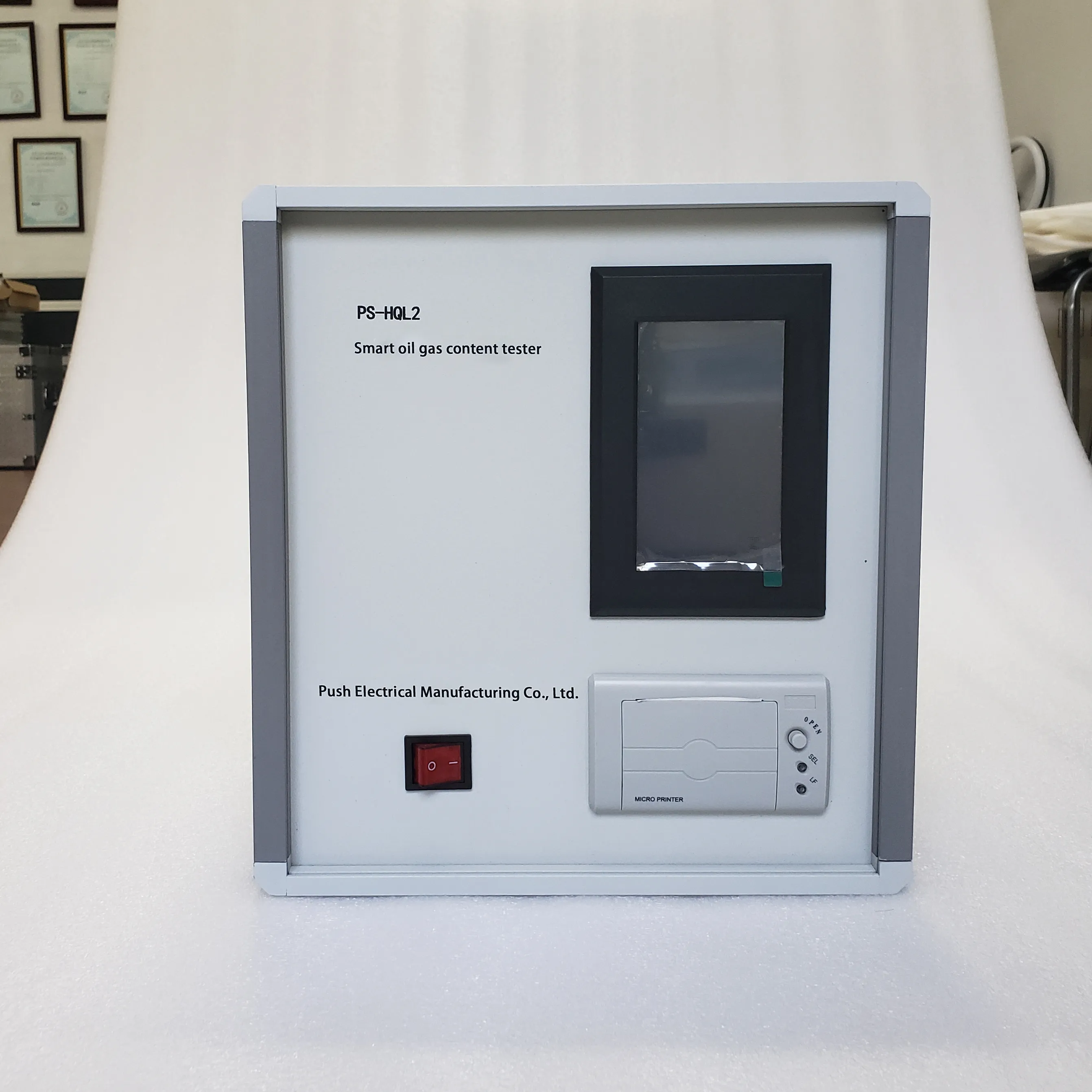 English
English



-
 Afrikaans
Afrikaans -
 Albanian
Albanian -
 Amharic
Amharic -
 Arabic
Arabic -
 Armenian
Armenian -
 Azerbaijani
Azerbaijani -
 Basque
Basque -
 Belarusian
Belarusian -
 Bengali
Bengali -
 Bosnian
Bosnian -
 Bulgarian
Bulgarian -
 Catalan
Catalan -
 Cebuano
Cebuano -
 China
China -
 China (Taiwan)
China (Taiwan) -
 Corsican
Corsican -
 Croatian
Croatian -
 Czech
Czech -
 Danish
Danish -
 Dutch
Dutch -
 English
English -
 Esperanto
Esperanto -
 Estonian
Estonian -
 Finnish
Finnish -
 French
French -
 Frisian
Frisian -
 Galician
Galician -
 Georgian
Georgian -
 German
German -
 Greek
Greek -
 Gujarati
Gujarati -
 Haitian Creole
Haitian Creole -
 hausa
hausa -
 hawaiian
hawaiian -
 Hebrew
Hebrew -
 Hindi
Hindi -
 Miao
Miao -
 Hungarian
Hungarian -
 Icelandic
Icelandic -
 igbo
igbo -
 Indonesian
Indonesian -
 irish
irish -
 Italian
Italian -
 Japanese
Japanese -
 Javanese
Javanese -
 Kannada
Kannada -
 kazakh
kazakh -
 Khmer
Khmer -
 Rwandese
Rwandese -
 Korean
Korean -
 Kurdish
Kurdish -
 Kyrgyz
Kyrgyz -
 Lao
Lao -
 Latin
Latin -
 Latvian
Latvian -
 Lithuanian
Lithuanian -
 Luxembourgish
Luxembourgish -
 Macedonian
Macedonian -
 Malgashi
Malgashi -
 Malay
Malay -
 Malayalam
Malayalam -
 Maltese
Maltese -
 Maori
Maori -
 Marathi
Marathi -
 Mongolian
Mongolian -
 Myanmar
Myanmar -
 Nepali
Nepali -
 Norwegian
Norwegian -
 Norwegian
Norwegian -
 Occitan
Occitan -
 Pashto
Pashto -
 Persian
Persian -
 Polish
Polish -
 Portuguese
Portuguese -
 Punjabi
Punjabi -
 Romanian
Romanian -
 Russian
Russian -
 Samoan
Samoan -
 Scottish Gaelic
Scottish Gaelic -
 Serbian
Serbian -
 Sesotho
Sesotho -
 Shona
Shona -
 Sindhi
Sindhi -
 Sinhala
Sinhala -
 Slovak
Slovak -
 Slovenian
Slovenian -
 Somali
Somali -
 Spanish
Spanish -
 Sundanese
Sundanese -
 Swahili
Swahili -
 Swedish
Swedish -
 Tagalog
Tagalog -
 Tajik
Tajik -
 Tamil
Tamil -
 Tatar
Tatar -
 Telugu
Telugu -
 Thai
Thai -
 Turkish
Turkish -
 Turkmen
Turkmen -
 Ukrainian
Ukrainian -
 Urdu
Urdu -
 Uighur
Uighur -
 Uzbek
Uzbek -
 Vietnamese
Vietnamese -
 Welsh
Welsh -
 Bantu
Bantu -
 Yiddish
Yiddish -
 Yoruba
Yoruba -
 Zulu
Zulu
Timing Evaluation for Circuit Breaker Performance Testing
Understanding Circuit Breaker Timing Tests
Circuit breakers are essential components in electrical systems, providing protection against overloads and short circuits. To ensure their reliability and proper functionality, regular testing and maintenance are crucial. One of the key assessments performed on circuit breakers is the timing test. This article explores what circuit breaker timing tests entail, their importance, and the methodology behind them.
What is a Circuit Breaker Timing Test?
A circuit breaker timing test is designed to evaluate the operational performance of circuit breakers. Specifically, it measures the time taken by a circuit breaker to react and open (interrupt) the circuit after a fault condition is detected. This response time is critical because it determines how quickly the circuit breaker can protect electrical equipment and systems from damage caused by overcurrents or faults.
Importance of Timing Tests
1. Safety Assurance One of the primary reasons for conducting timing tests is to ensure safety. An underperforming circuit breaker may not open quickly enough during a fault, which can lead to severe consequences, including electrical fires, equipment damage, and even personal injuries.
2. Compliance with Standards Various electrical safety standards, such as those set by the International Electrotechnical Commission (IEC) and the National Electrical Manufacturers Association (NEMA), require regular testing of circuit breakers. Timing tests are often part of these compliance measures, ensuring that circuit breakers operate within specified parameters.
3. Preventive Maintenance Regular timing tests form part of a broader preventive maintenance strategy. By identifying potential issues before they escalate, maintenance teams can address problems proactively, ensuring the longevity and reliability of the electrical system.
Methodology of Circuit Breaker Timing Tests
circuit breaker timing test

The following steps outline a typical circuit breaker timing test procedure
1. Preparation Before conducting the test, technicians should ensure that all safety protocols are in place. This includes wearing appropriate protective gear and verifying that all necessary testing equipment is calibrated and ready for use.
2. Setup of Testing Equipment A timing test set-up is connected to the circuit breaker. This equipment can be configured to simulate fault conditions and measure the response time accurately. It's essential to calibrate the test equipment according to the specifications of the circuit breaker being tested.
3. Testing Process The test is initiated by sending a signal to the circuit breaker to simulate an overcurrent or electrical fault. The timing test equipment records the time it takes for the breaker to open the circuit (start the timing) from the moment it receives the fault signal until it successfully interrupts the current.
4. Data Analysis Once the timing test concludes, the recorded times are compared against the manufacturer's specified operational limits. If the breaker's times exceed these limits, it may indicate a malfunction or the need for recalibration.
5. Reporting and Follow-Up After testing, results should be documented, and any discrepancies or failures reported to maintenance personnel. Recommendations for corrective actions, whether repairs, recalibration, or replacements, should also be included.
Conclusion
Circuit breaker timing tests are integral to ensuring the operational integrity of electrical systems. By measuring the response time of circuit breakers during fault conditions, these tests provide vital insights into their performance and reliability. Implementing a rigorous testing protocol not only safeguards equipment but also enhances the overall safety of electrical installations. Routine timing tests help identify potential issues before they escalate, ensuring compliance with safety standards and promoting long-term operational efficiency. In the ever-evolving landscape of electrical engineering, prioritizing circuit breaker testing is not merely a good practice; it is an essential component of maintaining a safe and reliable electrical infrastructure.
-
Testing Equipment Industry Sees Major Advancements in 2025: Smart & Precision Technologies Lead the WayNewsJun.06,2025
-
Applications of Direct Current Generators in Renewable Energy SystemsNewsJun.05,2025
-
Hipot Tester Calibration and Accuracy GuidelinesNewsJun.05,2025
-
Digital Circuit Breaker Analyzer Features and BenefitsNewsJun.05,2025
-
Benefits of Real-Time Power Quality Monitoring Devices for Industrial EfficiencyNewsJun.05,2025
-
Earth Fault Loop Testing in High-Rise Building Electrical SystemsNewsJun.05,2025



